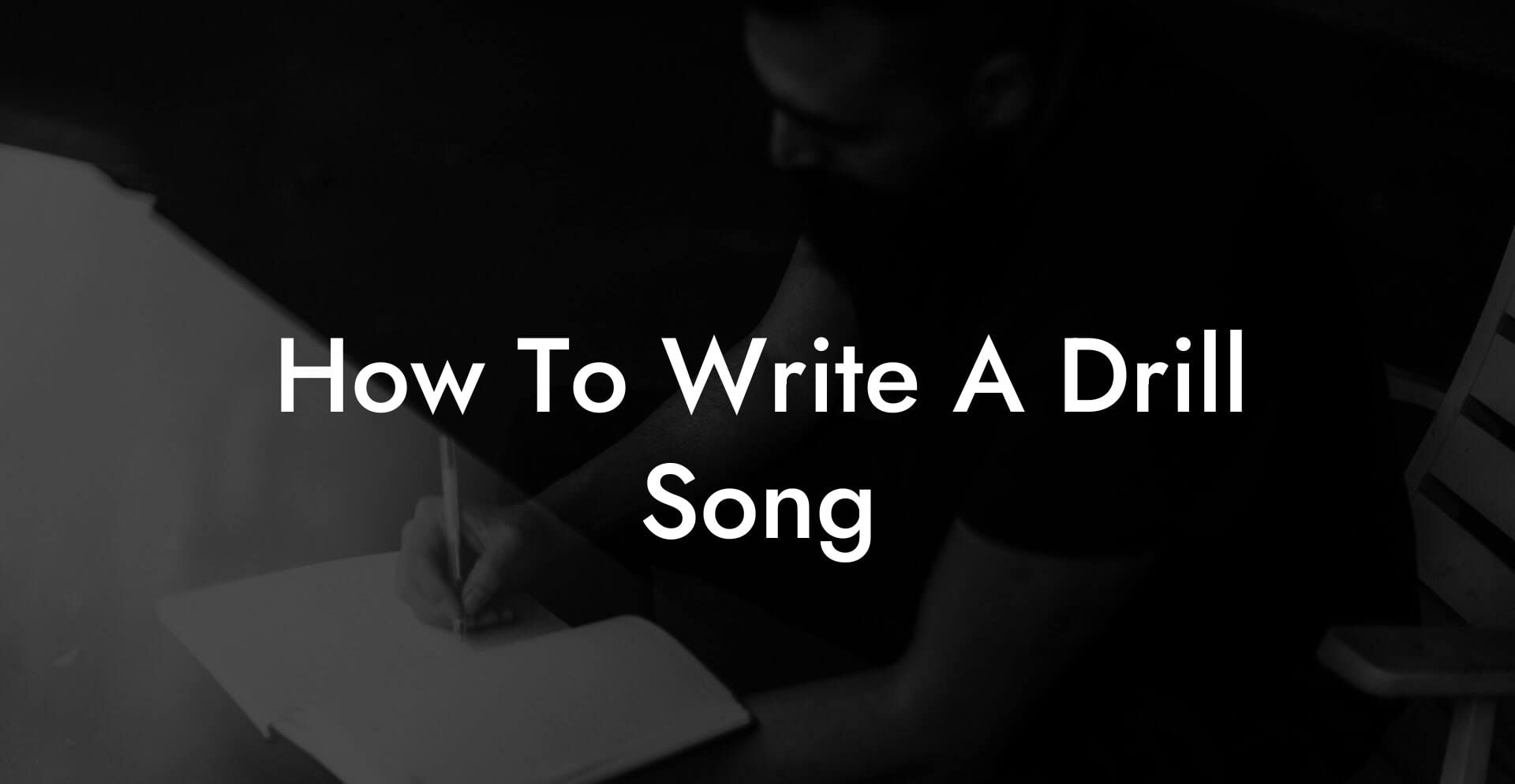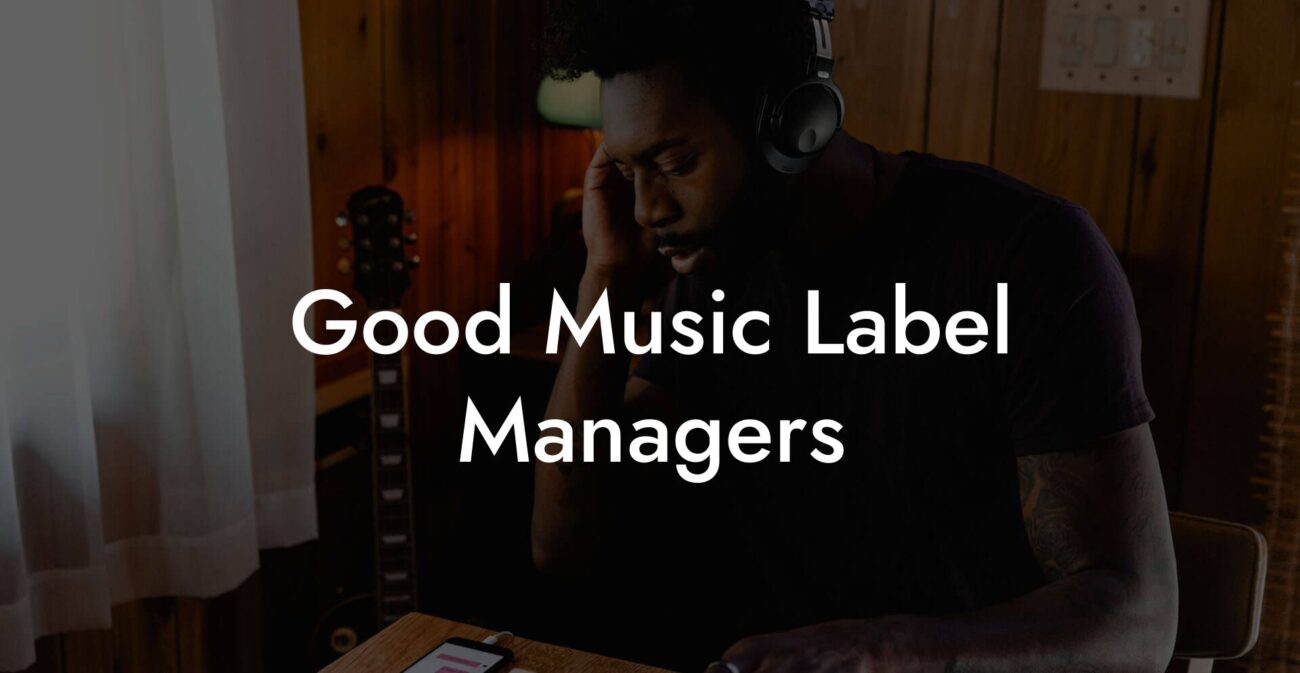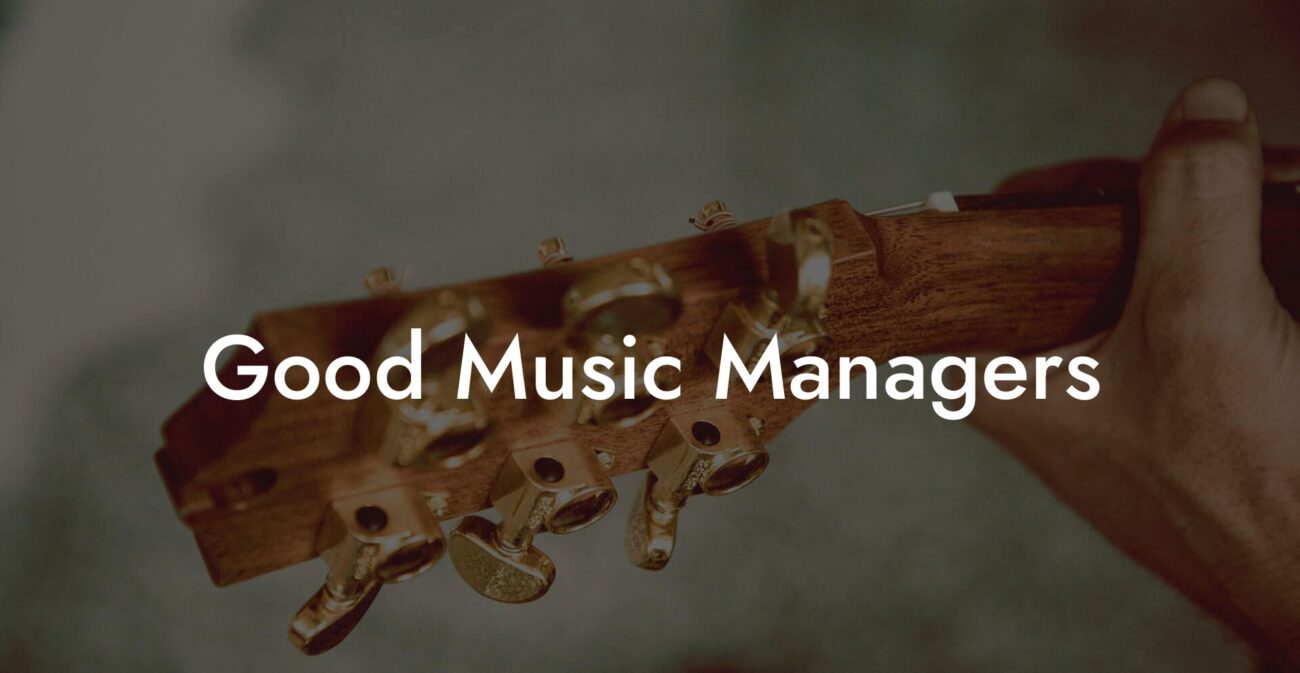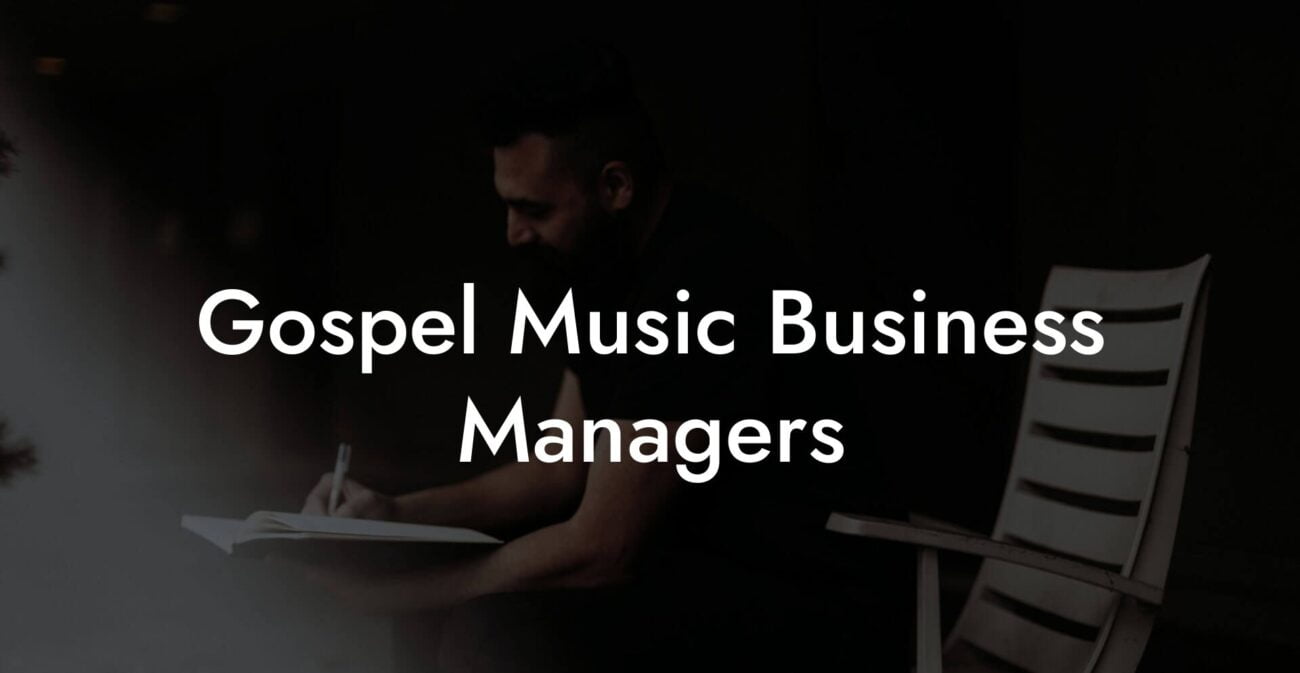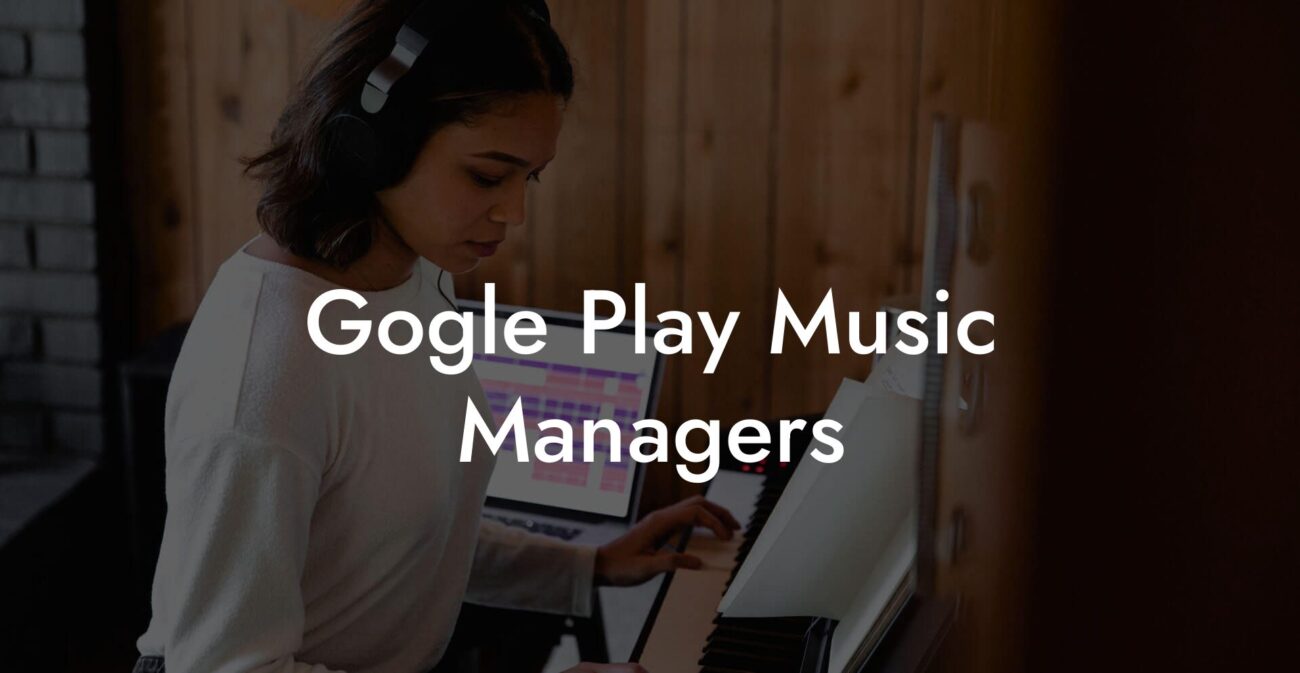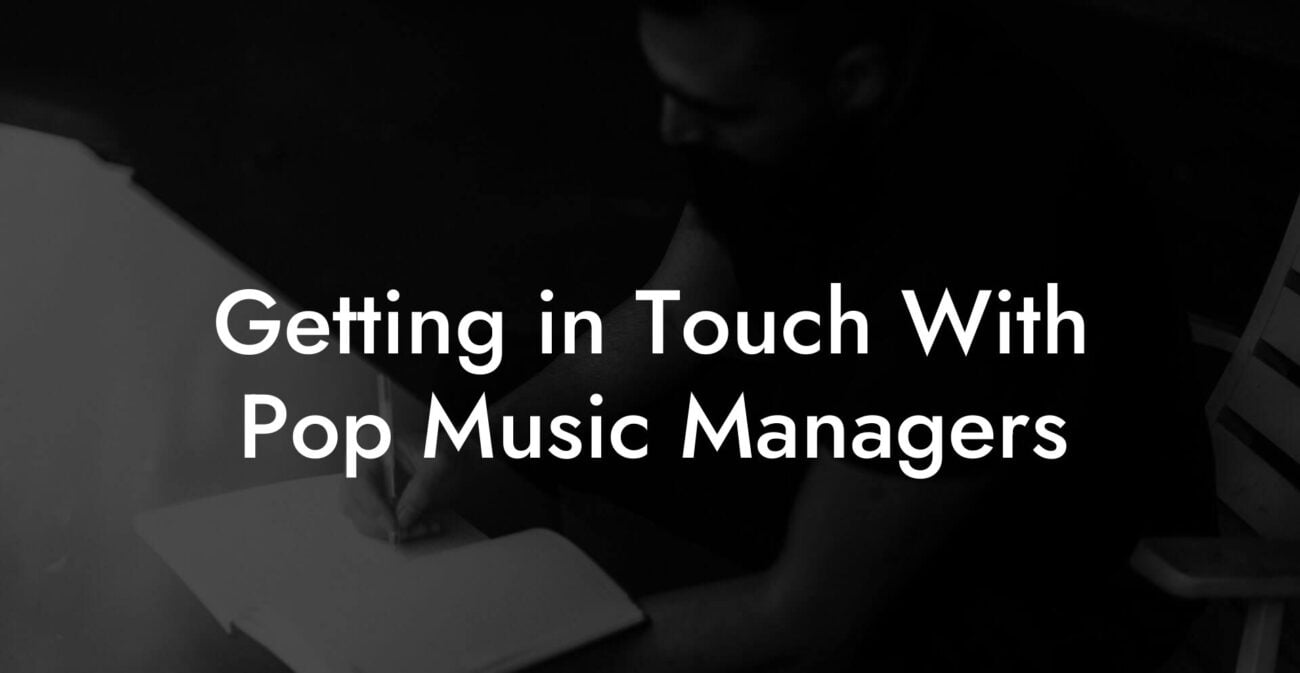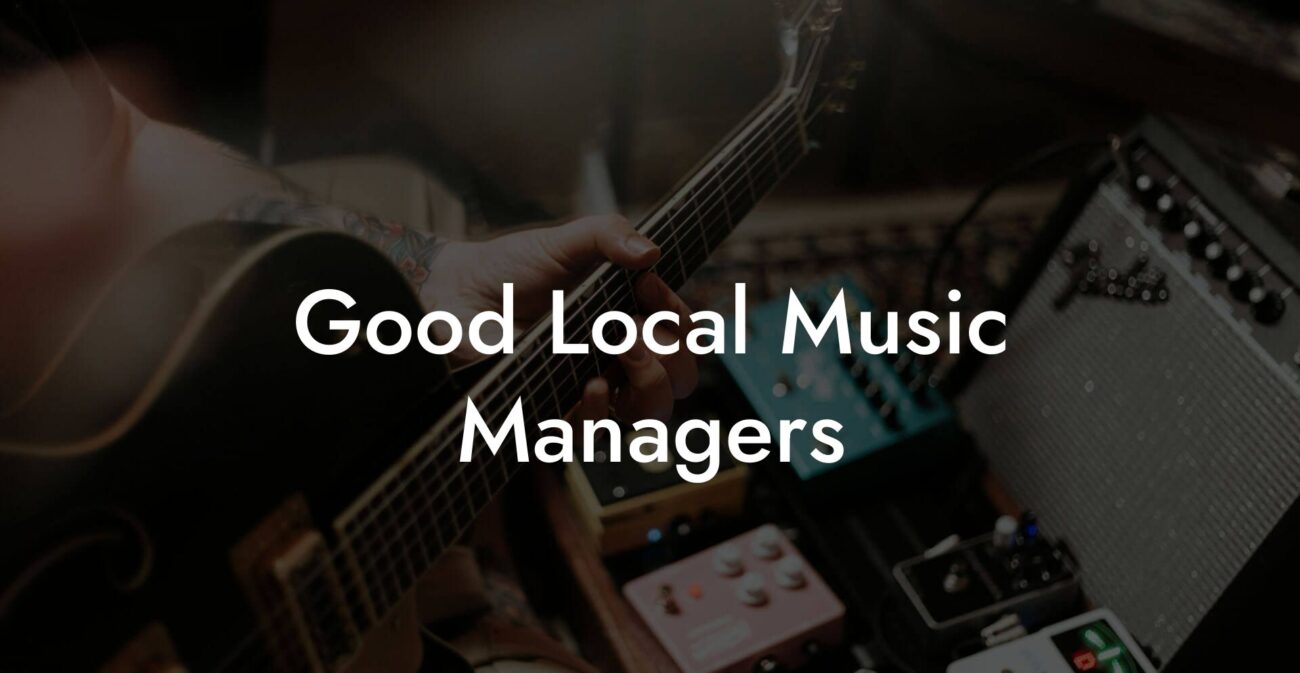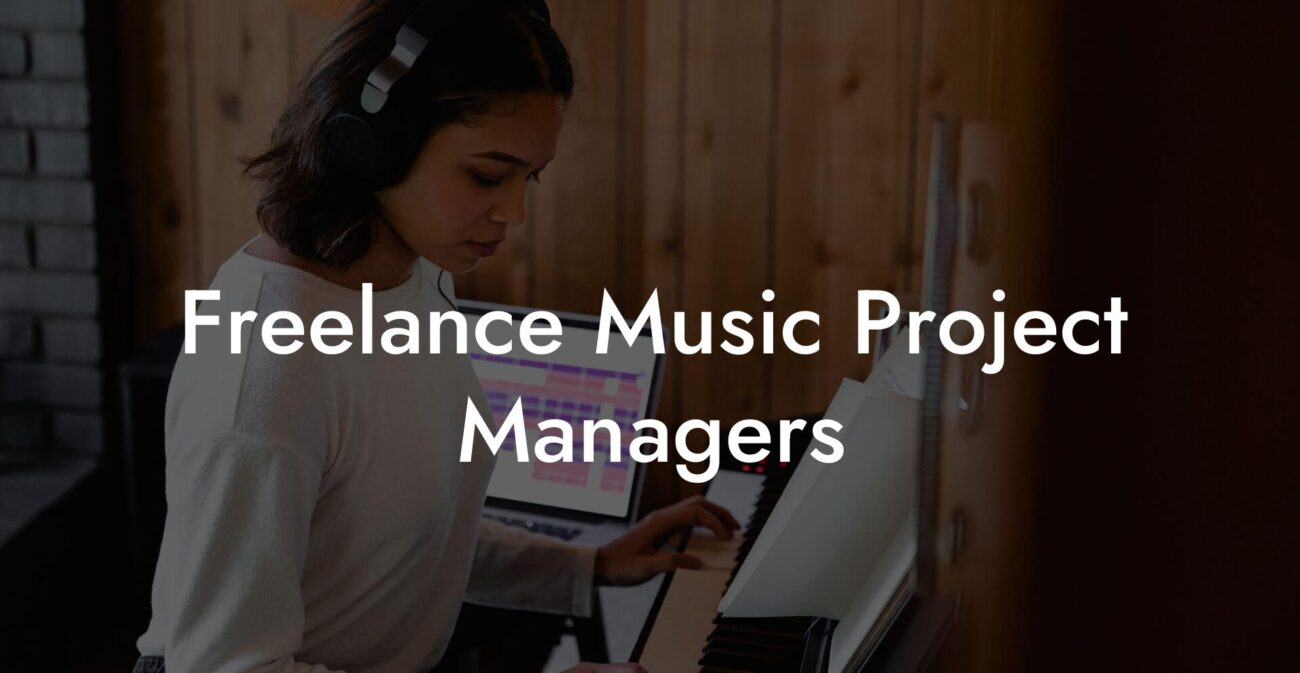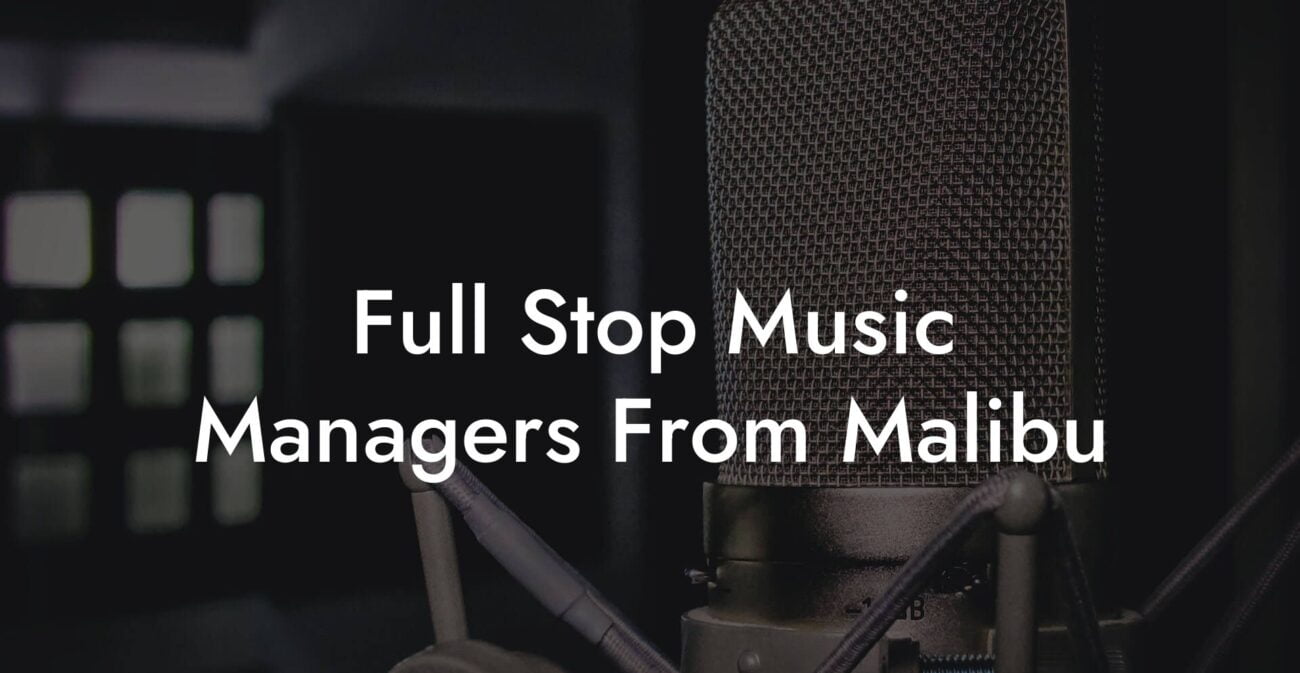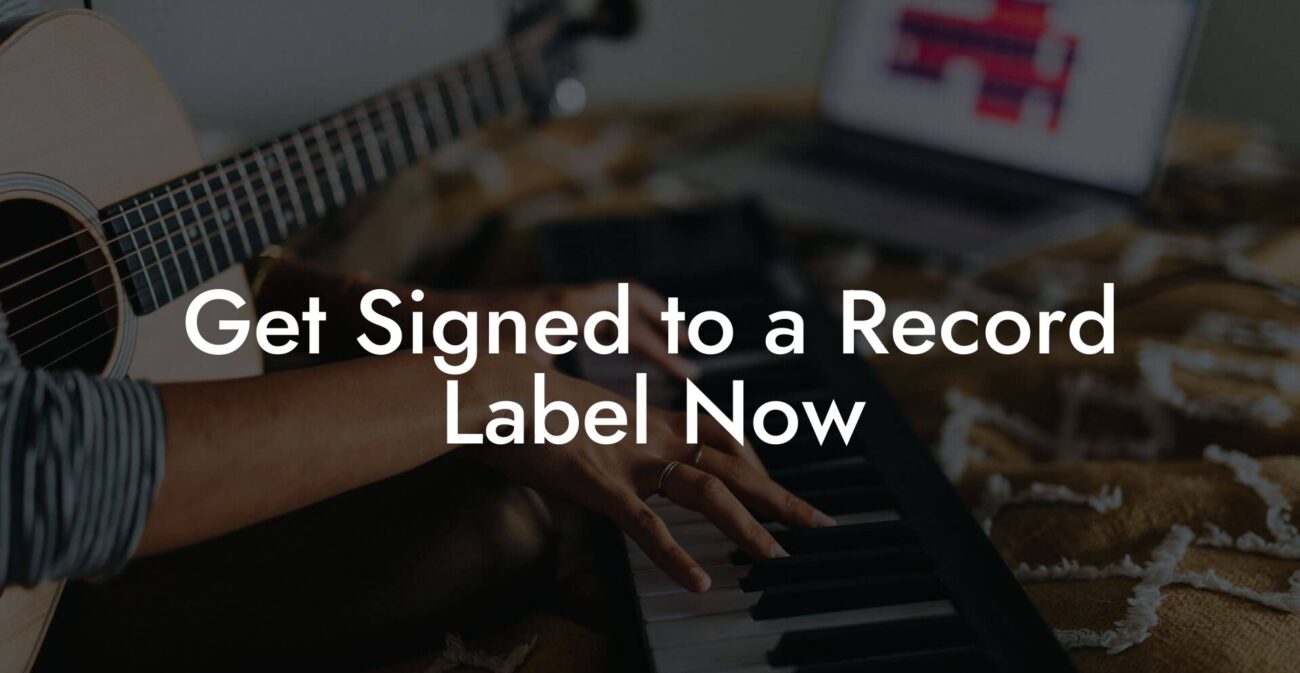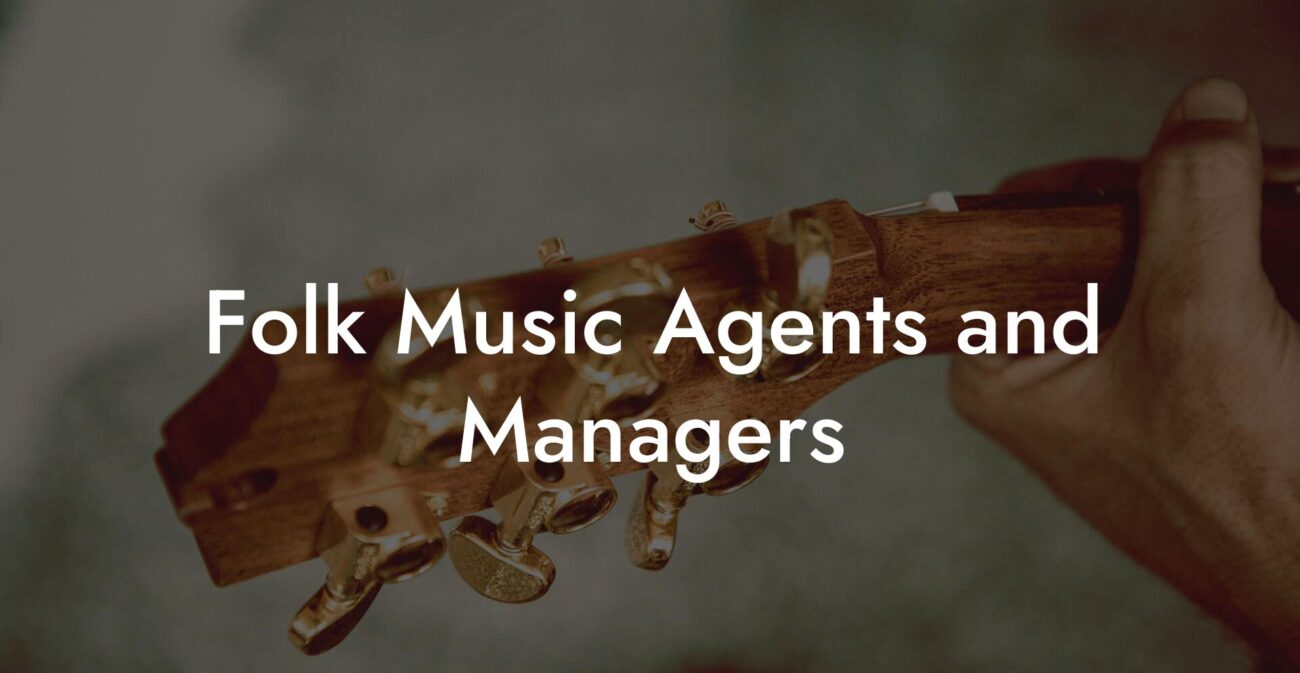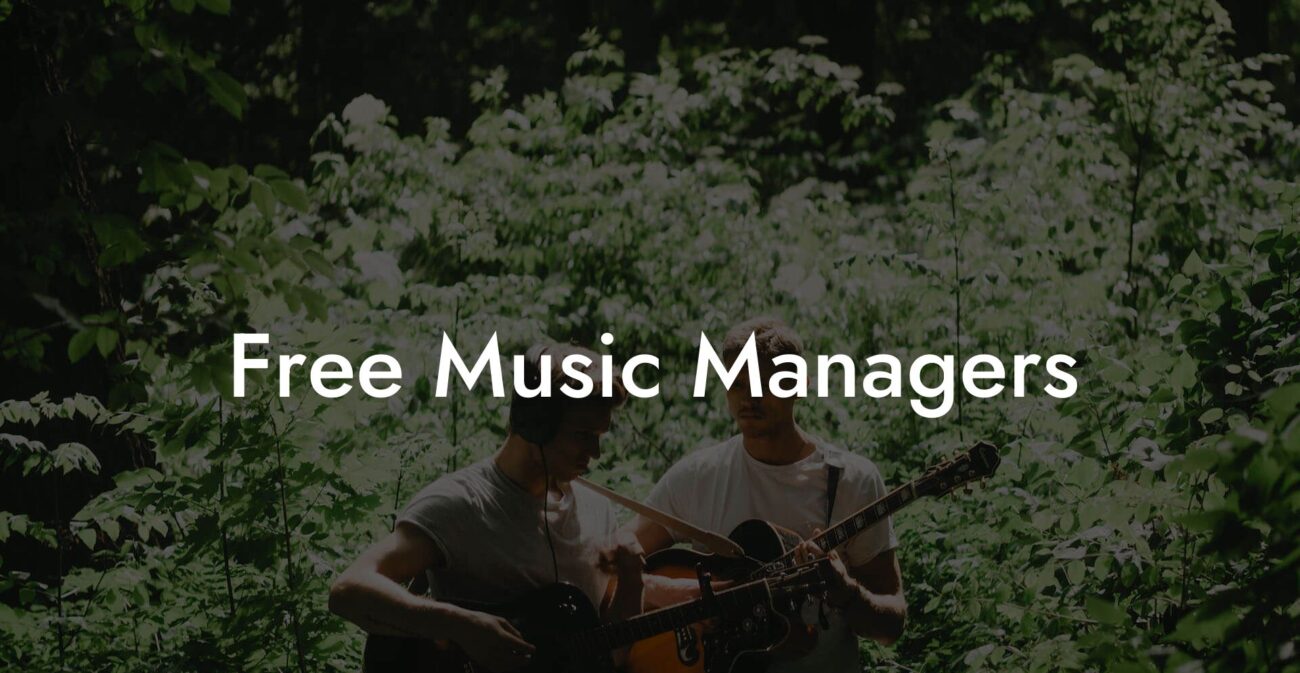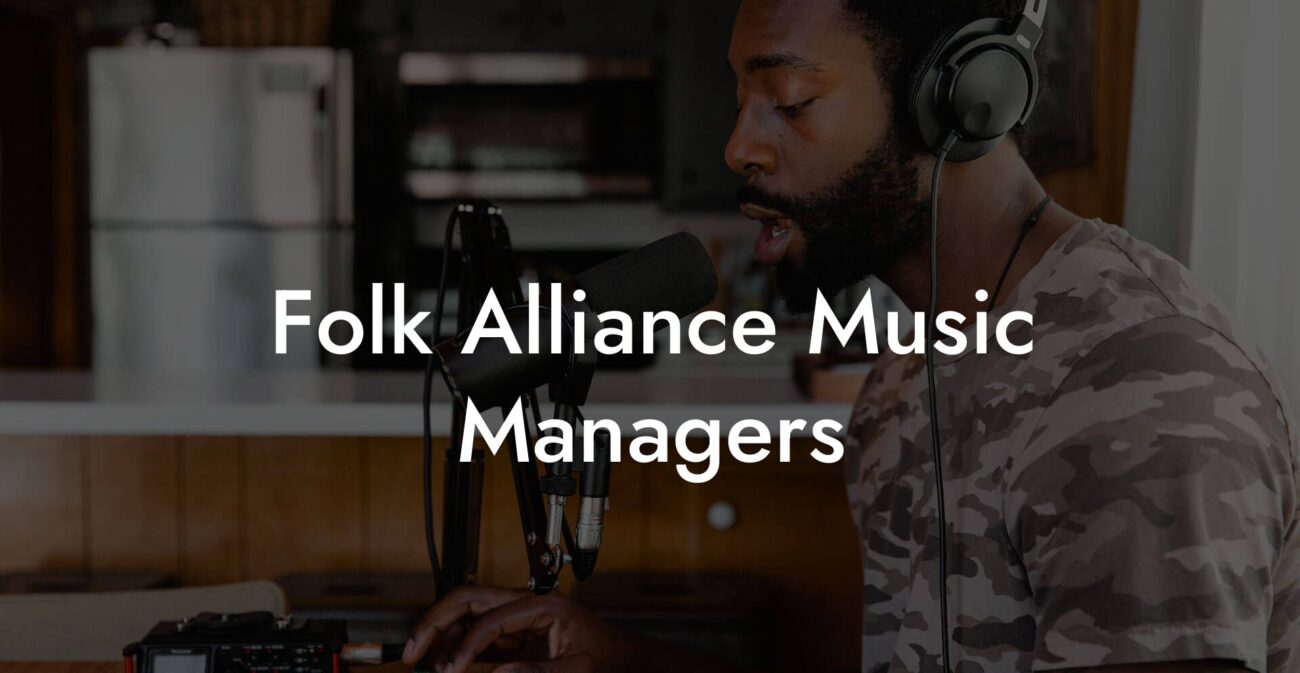Ever found yourself nodding to a hard-hitting beat while wondering, “How in the world do I write a drill song that slaps?” Well, grab your headphones and get ready to dive into the gritty, punchy universe of drill music—a style that’s as bold and fearless as you are. In this guide, we’re breaking down everything you need to know about crafting a drill song, from choosing the right beat to penning lyrics that cut deep. Whether you’re a bedroom rapper trying to make your mark or a seasoned songwriter looking to experiment with a raw new genre, this page is your go-to resource for mastering the art of drill.
Looking to write your next song? Transform your creative ideas into songs that people will love, and skyrocket your music career with Lyric Assistant. The perfect songwriting assistant. Find out more →
Quick Links to Useful Sections
- Understanding Drill Music: Its Roots and Its Rise
- Drill Songwriting 101: Where to Start
- Step 1: Finding the Perfect Beat
- Step 2: Crafting Hard-Hitting Lyrics
- Step 3: Mastering the Flow and Delivery
- Step 4: Structuring Your Drill Song
- The Importance of Authentic Storytelling
- Layering Your Production: Adding Depth and Texture
- Collaborative Creativity: Working with Producers and Fellow Artists
- Using Technology to Elevate Your Drill Lyrics
- Writing Hooks That Stick: Making Your Drill Song Memorable
- Experimenting with Flow Variations and Vocal Techniques
- Integrating Modern Trends and Social Commentary
- Resources and Community Support: Your Next Steps
- Putting It All Together: Your Step-by-Step Guide to Writing a Drill Song
- The Role of Consistency and Patience in Mastering Drill
- Advice From the Streets: Words to Inspire Your Drill Journey
- Drill Songwriting FAQ
- Your Path to Creating Iconic Drill Tracks
Understanding Drill Music: Its Roots and Its Rise
Drill music, with its ominous beats, aggressive flow, and vivid storytelling, burst onto the scene from the streets of Chicago and has been taken to new heights by UK artists. Born as a form of street commentary, drill reflects the harsh realities of urban life, mixing brutal honesty with a hard-hitting beat that’s as relentless as the life it depicts. If you’ve ever wondered how rappers can articulate the raw, unfiltered truths of their experiences while riding a beat that feels like a heart-pounding chase scene, drill music is your answer.
What makes drill so distinct is its ability to blend dark, minimalist production with clever wordplay and strategic pauses. This creates a dynamic interplay between the rhythm and the lyrical content, making every line and every beat hit harder. Drill isn’t just a genre—it’s a cultural movement that speaks to the underdogs, the real ones, and the hustlers of life.
As you embark on writing your drill song, think of each line as a snapshot of life on the edge, a slice of urban reality that provokes both thought and adrenaline. It’s gritty, it’s unfiltered, and yes—it might even be a little bit incendiary.
Write Drill Lyrics Like a Professional Songwriter
The ultimate songwriting tool that takes your creative vision to the next level! With just a few clicks, you can unleash your inner songwriter and craft a hit that's uniquely yours. Your song. You own it.
Drill Songwriting 101: Where to Start
Before you start scribbling your verses, let’s get down to the basics of writing a drill song. The first step is immersion. Spend some time listening to the classics—tracks that revolutionized the genre—and observe the nuances in their delivery, beat selection, and lyrical themes. From Chief Keef to newer UK drill artists, let the masters guide your creative process.
Write Lyrics Like a Professional Songwriter
The ultimate songwriting tool that takes your creative vision to the next level! With just a few clicks, you can unleash your inner songwriter and craft a hit that's uniquely yours. Your song. You own it.
Here are a few key elements to keep in mind:
- Authenticity: Drill music thrives on raw authenticity. Write from your personal experiences—whether that’s the hustle, heartache, or the grind—and never shy away from painting a vivid picture of reality.
- Beat and Rhythm: The beat is your backbone. Drills are known for their syncopated hi-hats, booming 808s, and minimalist soundscapes. Your flow should mirror this intensity, riding the beat like you’re in a high-stakes game.
- Lyrical Precision: Every word counts. Drill lyrics are typically concise and hard-hitting; there’s no room for fluff. Think of each bar as a mini-story that packs a punch.
- Imagery and Metaphor: Use vivid imagery and metaphors that create a sensory experience. Your words should transport listeners to the chaotic streets or underworld scenarios that define drill culture.
With these fundamentals in hand, let’s break down the process step by step.
Step 1: Finding the Perfect Beat
In drill music, the beat is king. It sets the tone, energy, and mood for the entire track. When searching for that perfect instrumental, go for modern, heavy, and atmospheric beats with punchy basslines and striking percussion.
Tips for Beat Selection:
- Focus on Atmosphere: Drill beats often incorporate eerie synths and dark melodies. Look for instrumentals that evoke a sense of danger or urgency.
- Pay Attention to Tempo: Most drill tracks operate at a tempo between 130-150 BPM. This range gives you enough space to deliver your bars without feeling rushed.
- Work with Producers: If you have connections, collaborate with a producer who understands the drill aesthetic. Alternatively, use platforms where you can license beats that fit the bill.
- Sample Smartly: Some of the most memorable drill tracks sample old soul or funk records to add a layer of depth. Experiment with chopped and screwed samples to create a unique vibe.
Remember, the beat is your canvas. It’s what will ultimately bring your lyrics to life, so choose wisely.
Step 2: Crafting Hard-Hitting Lyrics
Now that you have your beat, it’s time to lace it with words that resonate. Writing lyrics for a drill song is a balancing act between raw storytelling and rhythmic precision. Your lyrics should be as sharp as the beat they accompany, delivering punch and impact with every verse.
Writing Tips:
- Keep It Real: Authenticity is your golden ticket. Ground your lyrics in your personal experiences, whether they’re about street life, personal struggles, or the pursuit of success against all odds.
- Be Vivid: Use descriptive language that evokes strong images. Instead of saying “I’m tough,” paint a picture with lines like “I’m forged in the heat of concrete jungles, where survival is the only law.”
- Rhythm Over Rhyme: While punchy rhymes are essential, don’t sacrifice flow for the sake of end rhymes. The natural rhythm of your words should complement the beat seamlessly.
- Metaphors Are Your Friends: Clever metaphors can elevate your lyrics from simple storytelling to artful commentary. Compare life on the streets to a game of chess or a battle royale—get creative!
- Edit Ruthlessly: Drill lyrics demand precision. Every word must earn its place. Don’t be afraid to cut out anything that feels superfluous to keep your verses lean and mean.
It can help to jot down key phrases, personal stories, or even just feelings and thoughts when inspiration strikes. Over time, you’ll find that your lyrical style becomes as distinctive as your voice.
Step 3: Mastering the Flow and Delivery
In drill music, the delivery is everything. Your flow—the way you ride the beat—should be relentless yet precise. Think of it as a verbal rollercoaster, with peaks and valleys that keep listeners on the edge of their seats.
Flow Tips:
- Practice with the Beat: Always write and rehearse your lyrics with the beat in the background. This ensures that your timing and rhythmic precision match the intensity of the track.
- Experiment with Pauses: Silence can be as impactful as sound. Strategic pauses allow your words to land with even more force, creating dramatic tension.
- Vary Your Cadence: Don’t get stuck in one monotone rhythm. Mix up your cadence by alternating between quick-fire verses and slower, more deliberate deliveries.
- Enunciation is Key: Drill tracks often feature aggressive, articulate delivery. Clear enunciation ensures that every word is understood, even when the beat is booming.
Record multiple takes and listen back to identify moments where your flow could better complement the beat. With enough practice, you’ll reach a point where your delivery feels as natural as breathing—raw, energetic, and unapologetically real.
Step 4: Structuring Your Drill Song
Structure is the skeleton of your song. A well-organized track ensures that your message is delivered with impact. While there’s no one-size-fits-all formula for a drill song, most tracks follow a basic structure of an intro, multiple verses, a catchy hook, and possibly a bridge.
Common Drill Song Structures:
- Intro: Set the mood with an atmospheric sound or a brief, attention-grabbing spoken word segment.
- Verses: Typically, drill songs feature two or three verses where you spin your narrative. Keep your verses concise but dense with meaning.
- Chorus/Hook: This is the catchiest part of your track—a memorable line or two that listeners can easily recall. The hook in drill music is often repetitive, underscoring the main theme of the song.
- Bridge (Optional): A bridge can add a dynamic twist, whether it’s a change in flow, a breakdown of the beat, or a shift in perspective.
The key is to ensure that every part of your song drives the narrative forward. Think of each section as a chapter in your story—each one should build on the last, adding layers of intensity until the track reaches its climax.
For instance, a typical drill track might kick off with an atmospheric intro that sets the tone for the harsh urban narrative, transition into verses that detail life on the edge, and culminate in a hook that drives home the recurring theme of struggle, resilience, or triumph.
The Importance of Authentic Storytelling
Drill music isn’t just about delivering fast rhymes or gritty beats—it’s an art form built on authentic storytelling. The better you can share your unique perspective, the more your audience will connect with your track. Think of your lyrics as a storybook: every line, every metaphor, and every pause paints a picture of the life you’ve lived or the world you’re observing.
How to Tell Your Story:
- Be Vulnerable: Don’t be afraid to expose your struggles. Authenticity is magnetic—listeners are drawn to honesty, even if it means delving into dark or difficult topics.
- Use Specific Details: Instead of generic descriptions, include details that are unique to your experience. Mention specific neighborhoods, scenarios, or emotions that only you can articulate.
- Create a Narrative Arc: Even if your song is a collection of thoughts and observations, try to weave them into a coherent narrative. This helps the audience follow along and feel connected to your journey.
- Balance Braggadocio with Reality: Drill often features bold, confident lines—but authenticity comes from balancing that bravado with slices of reality. Show both sides of the coin, and your track will resonate on a deeper level.
Ultimately, the best drill songs are those that leave a lasting impression because they reflect a truth—a reality that is as raw and unapologetic as the beats that drive them.
Layering Your Production: Adding Depth and Texture
Once you have your lyrics and basic structure down, it’s time to think about production elements that can add sophistication to your drill song. While the beat lays the groundwork, layers like ad-libs, vocal effects, and even background samples can add a dynamic edge that helps your track stand out.
Production Tips:
- Ad-Libs and Vocal Effects: Short, punchy vocal ad-libs can punctuate important lines and add emphasis. Experiment with reverb, delay, or pitch shifting to create a unique sound signature.
- Ambient Samples: Consider incorporating subtle background samples or sound effects that complement the mood. These can be as simple as distant sirens, street sounds, or even snippets of conversation that enhance the urban narrative.
- Dramatic Breaks: Don’t be afraid to experiment with slowing down the beat for a few seconds as a dramatic pause before launching into the next verse. This technique can intensify the listener’s focus on your lyrics.
- Mixing and Mastering: A well-mixed track ensures that every individual element—from booming bass to crisp snare hits—is balanced perfectly. If you don’t have the knack for mixing, consider collaborating with a seasoned producer.
Think of production as the paint on a canvas: while the lyrics lay out the sketch of your story, the production infuses color and life, making every stroke more vivid and compelling.
Collaborative Creativity: Working with Producers and Fellow Artists
Drill music is as much about community as it is about individuality. Though writing a song can be a deeply personal experience, collaborating with producers, fellow rappers, or even vocalists can open up new creative pathways. The magic of collaboration lies in the blending of perspectives—each person brings their own flavor and style, elevating the overall track.
Collaboration Insights:
- Find a Producer Who Gets Your Vibe: The right producer can transform your raw ideas into a polished masterpiece. Look for someone with experience in drill or similar genres, and who isn’t afraid to push boundaries.
- Guest Verses and Features: Featuring another artist can not only diversify the flow but also attract a broader audience. When selecting a collaborator, choose someone who complements your style and adds a fresh energy to the track.
- Feedback is Gold: Sometimes a second pair of ears can catch things you might have missed. Don’t hesitate to gather feedback from trusted peers or mentors before finalizing your track.
- Shared Vision: Ensure that everyone involved is on the same page about the message and style of the song. Effective collaboration is a balancing act between maintaining your individual voice and creating a cohesive sound.
By merging your creative ideas, you can create a drill song that’s richer, fuller, and loaded with personality—one that stands out in the ever-evolving musical landscape.
Using Technology to Elevate Your Drill Lyrics
In today’s digital age, technology is a musician’s best friend. Whether you’re looking for inspiration, refining your verses, or experimenting with new sounds, having the right tools can make the songwriting process smoother and more innovative. One such tool is Lyric Assistant, a platform designed to help musicians generate, edit, and perfect lyrics on the fly.
How Lyric Assistant Can Help:
- Idea Generation: Stuck on a line or verse? Lyric Assistant can offer suggestions that spark your creativity and help overcome writer’s block.
- Rhyme and Flow Assistance: The platform analyzes your lyrics to ensure that your rhyme scheme and cadence align perfectly with the drill aesthetic.
- Refinement: Fine-tune your delivery by experimenting with different word choices and phrasings, ensuring that every line packs the desired punch.
- Collaboration Friendly: Share your progress with peers or producers directly through the platform, gathering real-time feedback to polish your track to perfection.
Integrating technology into your process doesn’t dilute the authenticity of your art; it amplifies your ability to convey your message with precision and creativity. It’s like having a trusty sidekick on your journey to drill mastery.
Writing Hooks That Stick: Making Your Drill Song Memorable
If there’s one thing a drill song needs, it’s a hook that grabs you by the collar and doesn’t let go. The hook is the part of the track that gets stuck in your head, that makes you hit replay over and over. In the fast-paced, competitive world of drill, your hook should be as catchy as it is gritty.
Tips for Crafting a Killer Hook:
- Simplicity is Key: A great hook is often simple yet powerful. Think of a few memorable words or a short phrase that encapsulates the essence of your track.
- Melodic and Rhythmic: Even if you’re sticking to the drill aesthetic, consider adding a subtle melody or rhythmic variation to your hook. This gives it a musicality that listeners can latch onto.
- Repetition Works Wonders: Don’t be afraid to repeat the hook to drive it home. The more it echoes in a listener’s mind, the more effective it is.
- Emotion and Energy: Infuse your hook with the same raw emotion and energy as your verses. Whether it’s defiance, struggle, or triumph, your hook should amplify that sentiment.
Test out a few variations and listen back to how the hook blends with your verses. Sometimes, the perfect hook comes from improvisation—so let your creative juices flow until you land on something that feels undeniably catchy.
Experimenting with Flow Variations and Vocal Techniques
Drill music is all about experimentation, especially when it comes to flow. Don’t feel restricted by traditional rap cadences—instead, explore how changes in your vocal delivery can enhance your message. Whether it’s switching from a rapid-fire delivery to a more drawn-out, deliberate flow or incorporating vocal inflections that express sarcasm, pain, or excitement, your voice is your instrument.
Vocal Experimentation Tips:
- Double Time and Half Time: Play around with speeding up and slowing down your flow within the same track. This contrast can create unexpected moments of intensity.
- Layering Vocals: Try recording multiple vocal tracks, adding harmonies or even intentionally rough textures to create a layered, dynamic effect.
- Breath Control: Drill tracks demand a lot from your lungs. Practice techniques that enhance your breath control, ensuring that every line is delivered crisply and powerfully.
- Ad-Lib Magic: Use ad-libs not just as fillers but as punctuation—little bursts of energy that enhance phrases and add swagger.
The key is to experiment relentlessly. Record various takes, listen back, and decide which techniques resonate with the raw energy of drill.
Integrating Modern Trends and Social Commentary
Drill music is more than just beats and bars—it’s a reflection of the times. Modern drill often infuses social commentary, touching on issues like systemic injustice, urban decay, and the personal impact of societal pressures. If you’re itching to add a deeper layer to your track, consider weaving in themes that resonate with today’s youth.
How to Incorporate Social Themes:
- Stay Informed: Read up on current events and cultural trends. The more informed you are, the more authentic and relevant your commentary will be.
- Personalize the Message: Don’t just regurgitate headlines—filter the news through your own experiences and opinions. Make your lyrics a personal manifesto as much as a social statement.
- Subtle References: Sometimes less is more. Drop hints or metaphors that allow listeners to decode the message rather than spelling it out directly.
- Balance the Tone: In drill, the balance between aggression and introspection is delicate. Even when addressing serious topics, your lyricism should maintain that signature punchy flow.
By blending hard-hitting commentary with magnetic beats and killer hooks, you can create a drill song that not only dominates the charts but also sparks discussion and drives change.
Resources and Community Support: Your Next Steps
The world of drill music is vast and ever-evolving, and staying connected to the community can be your secret weapon. Here are some resources and tips to take your drill songwriting to the next level:
- Online Forums and Communities: Join social media groups, Discord channels, and Reddit communities dedicated to drill and hip-hop songwriting. Not only will you gain inspiration from peers, but you can also share feedback and collaborate.
- YouTube Tutorials and Masterclasses: There are countless video tutorials on beat making, flow techniques, and lyrical writing specific to drill. Platforms like YouTube are teeming with content from seasoned artists and producers alike.
- Songwriting Workshops and Local Meetups: Check out local events or online workshops where you can learn from industry professionals. Networking within these circles can open doors to collaborations and mentorship.
- Experiment with Lyric Assistant: Tools like Lyric Assistant are tailored to help you refine your lyrics and experiment with different styles, ensuring that every drill track you create is both authentic and top-notch.
- Stay Updated on Trends: Regularly follow music blogs, podcasts, and publications that discuss the evolution of drill music. This way, you’re always ahead of the curve with fresh ideas and emerging sounds.
The journey of mastering drill songwriting is continuous. Embrace every resource, learn from every collaboration, and above all, remain true to your creative voice.
Putting It All Together: Your Step-by-Step Guide to Writing a Drill Song
Let’s recap the process with a cohesive step-by-step guide that you can follow whenever the creative bug bites:
- Immerse Yourself in the Genre: Listen to drill tracks from various regions, understand the roots, and identify the key elements that resonate with you.
- Select a Beat: Choose a dark, atmospheric instrumental that sets the right mood and aligns with your vision for the track.
- Draft Your Lyrics: Write down your raw thoughts, experiences, and stories. Keep your lines punchy, authentic, and filled with vivid imagery.
- Perfect Your Flow: Practice delivering your lyrics along with the beat, experimenting with different cadences, pauses, and vocal techniques.
- Create a Structure: Outline your song with a clear intro, verses, a hook, and any additional sections. Ensure each part complements the overall narrative.
- Add Production Layers: Introduce ad-libs, background samples, and vocal effects to elevate your track’s texture.
- Polish and Collaborate: Record multiple takes, gather feedback from trusted peers, and make use of tools like Lyric Assistant to ensure every line shines.
- Infuse Social Commentary: If it fits your style, layer in elements of social or cultural commentary to add depth and relatability to your lyrics.
- Refine, Record, and Release: Once you’re satisfied with your drill masterpiece, head into the studio for final recordings, mix mastering, and share your track with the world.
Each step is designed to help you navigate the intricate process of drill songwriting with confidence, creativity, and a heavy dose of authenticity. Remember, practice makes perfect, and every track you create is a stepping stone toward honing your craft.
The Role of Consistency and Patience in Mastering Drill
Like every art form, perfecting drill songwriting takes time and persistence. Not every track will become an instant hit, and that’s completely okay. The key is to keep pushing, experimenting, and evolving your style. Consistency in practice and patience in growth are the secret ingredients that transform rough ideas into chart-topping tracks.
As you continue to write, record, and refine your style, you’ll discover that your voice becomes stronger, your storytelling sharper, and your delivery even more impactful. Keep a notebook handy, record your sessions, and don’t be afraid to revisit and rework earlier ideas. Growth in music is a journey—a mix of trial, error, and endless creative exploration.
Advice From the Streets: Words to Inspire Your Drill Journey
The drill scene isn’t just about beats—it’s about the story behind every line. Listen to the elders of the game who started from the ground up. Their unfiltered narratives and raw voices became the backbone of a movement that redefined an entire genre. Channel their fearless spirit as you write.
Think of your life as a series of moments that deserve to be immortalized in bars. Even if those moments are raw, imperfect, or unpolished, they resonate with truth. Embrace the chaos, the struggles, and the triumphs. Let them fuel your pen and be the spark that ignites change.
And remember: every great drill artist was once where you are now—thinking about how to express experiences that often go unheard. Your words have the power to shift perspectives, inspire others, and even transform your own life.
Drill Songwriting FAQ
Here are some of the most frequently asked questions about writing drill songs, answered in a straightforward and relatable manner.
1. What makes a good drill beat?
A good drill beat is characterized by dark, atmospheric sounds, punchy 808s, fast-paced hi-hats, and a minimalist production style. The beat should evoke a sense of tension and urgency that perfectly complements aggressive, introspective lyrics.
2. How do I develop my own lyrical style in drill?
Authenticity is key. Write about your own experiences and emotions, lean into vivid imagery and metaphors, and practice delivering your lyrics with clarity and rhythm. Over time, as you experiment and refine your craft, your unique voice will naturally emerge.
3. Is it necessary to address social issues in every drill song?
Not at all. While many drill tracks feature social commentary, your song should reflect your own experiences and perspective. Whether you focus on personal struggles, street narratives, or broader societal issues is entirely up to you.
4. How can I improve my flow?
Practice regularly with your chosen beat, experiment with different cadences and pauses, and record yourself to identify areas for improvement. Listening to a variety of artists and incorporating their techniques can also spark new ideas.
5. What role can Lyric Assistant play in my songwriting process?
Lyric Assistant is a handy tool that can help you brainstorm ideas, refine your lyrics, and ensure your bar delivery is punchy and on point. It’s like having a digital writing partner who’s always there to offer fresh perspectives when you hit a creative block.
6. How do I know if my lyrics are too explicit?
Drill often thrives on raw, unfiltered expression, but it’s important to ensure that your explicitness serves a purpose in conveying your message. Getting honest feedback from peers or mentors can help you strike the right balance.
7. Can I still write a drill song without extensive production skills?
Absolutely. Focus on perfecting your lyrics, flow, and structure, and consider collaborating with a producer who can help elevate the beat and overall sound of your track.
8. What are some common mistakes to bypass when writing drill lyrics?
Avoid overcomplicating your verses with unnecessary words—maintain clarity and punch. Steer clear of losing authenticity by mimicking trends too closely without incorporating your own unique perspective.
Need More Answers? Stay tuned to music blogs, video interviews, and podcasts featuring drill artists for ongoing insights that keep your creative sparks alive.
Your Path to Creating Iconic Drill Tracks
The journey to writing a killer drill song might be paved with long nights, countless revisions, and moments of self-doubt—but it’s also filled with breakthroughs, adrenaline, and the satisfaction of creating something raw and real. Embrace each step: from the spark that ignites your inspiration to the meticulous process of refining your beat, flow, and lyrics.
Remember, every iconic track started as a rough idea. With patience, persistence, and a willingness to experiment, you’ll carve out your own niche in the drill scene. Let this guide serve as your roadmap, a dependable reference to return to whenever you need a dose of inspiration or a structured way to organize your thoughts.
Keep it real, keep it raw, and above all, keep writing. Your drill masterpiece might just be one verse away from changing the game.
So, plug in those headphones, fire up your creativity, and let your words resonate with the authenticity and grit that defines drill music. The streets are waiting—make your mark and let your voice be heard.
Write Drill Lyrics Like a Professional Songwriter
The ultimate songwriting tool that takes your creative vision to the next level! With just a few clicks, you can unleash your inner songwriter and craft a hit that's uniquely yours. Your song. You own it.

